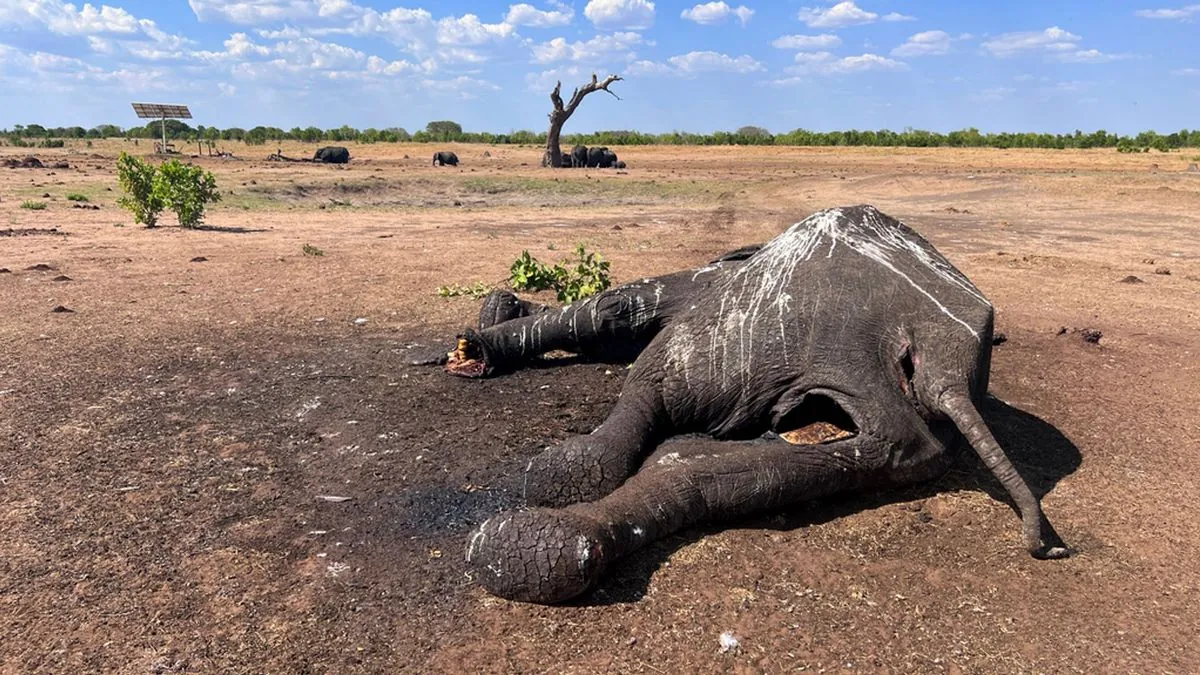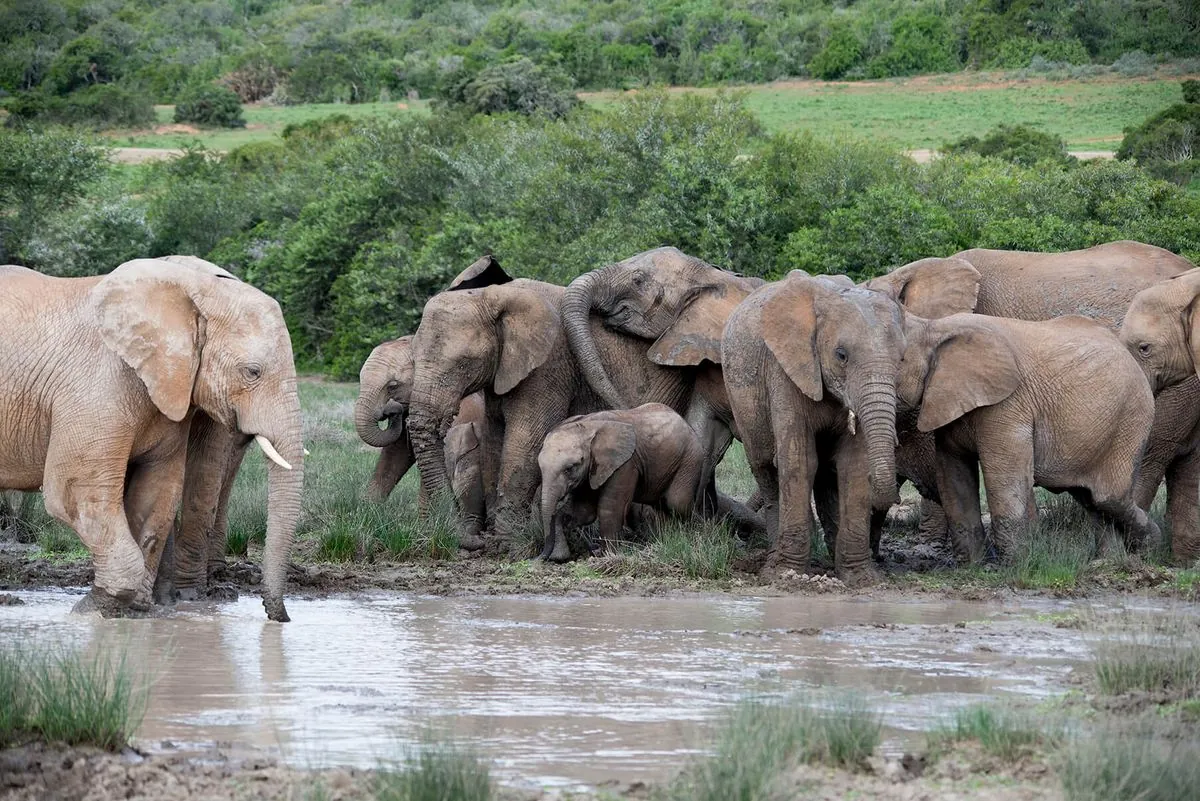Zimbabwe and Namibia Plan Wildlife Cull Amid Severe Drought
Zimbabwe and Namibia announce plans to cull elephants and other wildlife to feed hungry communities during severe drought. The controversial decision aims to manage overpopulation and mitigate human-wildlife conflict.

In response to severe drought conditions, Zimbabwe and Namibia have unveiled plans to cull hundreds of elephants and other wildlife species to provide food for hunger-stricken communities. This decision, announced on September 16, 2024, for Zimbabwe and approximately three weeks earlier for Namibia, has sparked debate over the balance between conservation efforts and addressing human needs.
Zimbabwe intends to cull 200 elephants, while Namibia has already begun implementing a plan to kill over 700 wild animals, including 83 elephants. The African elephant, the largest living terrestrial animal, is listed as endangered on the IUCN Red List, highlighting the sensitivity of this decision.

Tinashe Farawo, spokesperson for Zimbabwe's National Parks and Wildlife Management Authority, stated that permits would be issued to needy communities for elephant hunting. The culling will focus on areas where the elephant population has become unsustainable, such as Hwange National Park. This park, covering about 14,651 square kilometers, currently hosts over 45,000 elephants, far exceeding its capacity of 15,000.
The El Niño weather phenomenon has exacerbated the situation, with Zimbabwe's parks agency reporting over 100 elephant deaths due to drought in December 2023. El Niño, characterized by the warming of surface waters in the eastern Pacific Ocean, has contributed to the scarcity of food and water resources in the region.
Zimbabwe's Environment Minister Sithembiso Nyoni justified the decision, stating:
"Indeed Zimbabwe has more elephants than we need, more elephants than our forestry can accommodate."
Namibia's culling program, announced in August 2024, includes a diverse range of animals such as hippos, buffalos, impalas, zebras, and elands. Romeo Muyunda, spokesperson for Namibia's environment department, emphasized that this action aligns with their constitutional mandate to utilize natural resources for the benefit of Namibian citizens.
It's worth noting that Botswana, which boasts the world's largest elephant population at 130,000, has not announced similar plans. Botswana lifted its ban on elephant hunting in 2019 after a five-year moratorium, demonstrating the ongoing challenges in managing elephant populations across southern Africa.
Guyo Roba, a food security and agricultural expert, provided insight into the governments' decisions:
"They are working against a wildlife population that is above their carrying capacity. So it may seem controversial initially, but the governments are torn between remaining faithful to some of their obligations at an international level in terms of conservation and supporting the population."
This situation underscores the complex interplay between wildlife conservation, climate change, and human needs. Elephants play a crucial role in maintaining biodiversity, but their large appetites - consuming up to 300 kg of food and 190 liters of water daily - can strain resources in drought-affected areas.
As the region faces these challenges, the international community watches closely, recognizing the delicate balance between preserving endangered species and addressing the immediate needs of human populations in Zimbabwe and Namibia.


































